Reptiles are often overlooked in the United Kingdom. With just six native species they do not demand the same attention that birds and mammals might receive, and the thought of lizards, and particularly snakes, can provoke fear and uncertainty.
Yet reptiles are both fascinating and beautiful, and are entwined within myth and folklore.
They are also at risk, vulnerable to climate change and especially habitat loss.
In this guide, we take a closer look at reptiles in the UK. What are reptiles? Which species are native to the UK? What do they eat? What are their threats? And where are the best places to see reptiles?
Interested in learning more about British wildlife? Check out our guides to seabirds, frogs and toads, and deer.
Do you know your amphibians?
What is an amphibian? Where do they live? And what species can be found in Britain?
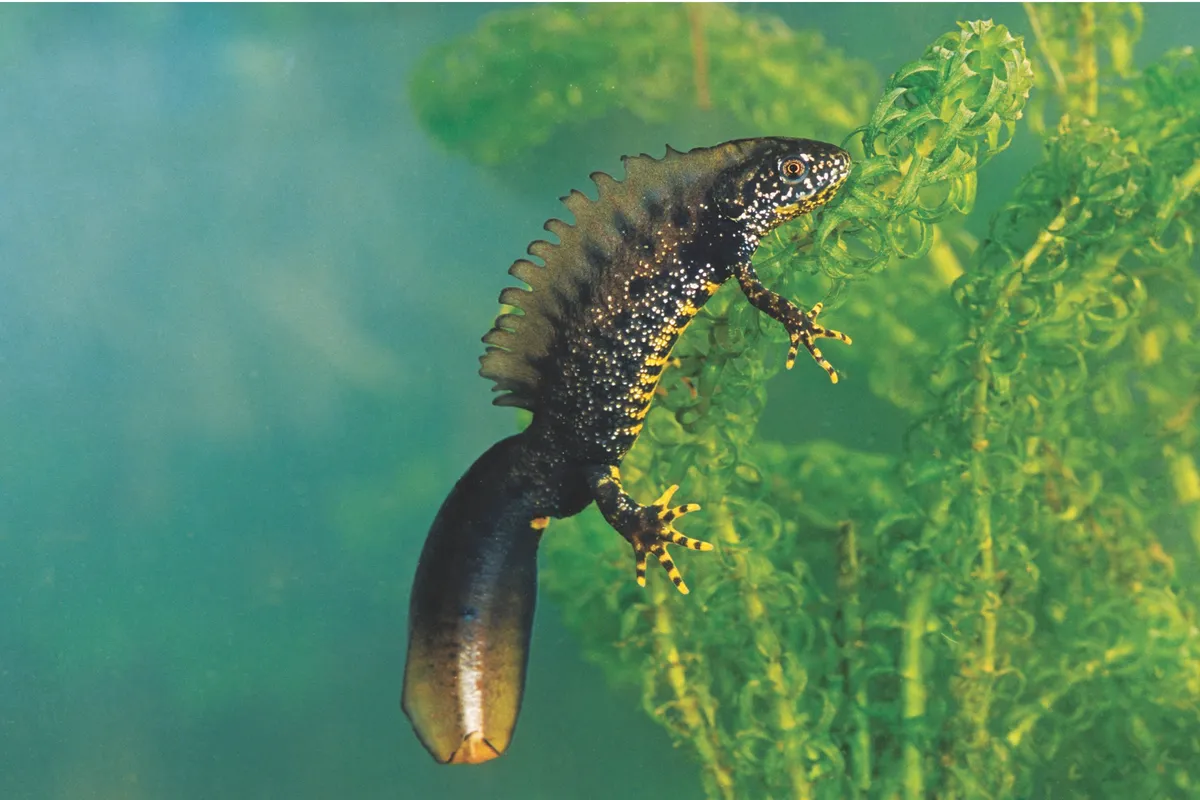
What are reptiles?
Reptiles are air-breathing vertebrates with scales, bony plates, or a bit of both, and include lizards, snakes and slow worms. All regularly shed this outer layer of skin, and most lay eggs, but some give birth to live young. Britain has six native reptile species, varying in colour, size, diet and range.
What do reptiles eat?
The diet of Britain's reptiles varies from species to species, but may include insects, spiders, amphibians, small fish, rodents, birds and each other.
The adder is the UK's only venomous reptile. Sadly, this has led to the adder’s persecution and even today, sensationalist summer headlines fuel the demonisation of the species. Yet, not only are adders shy, biting only as a last resort, but they are in deep decline across much of their range.
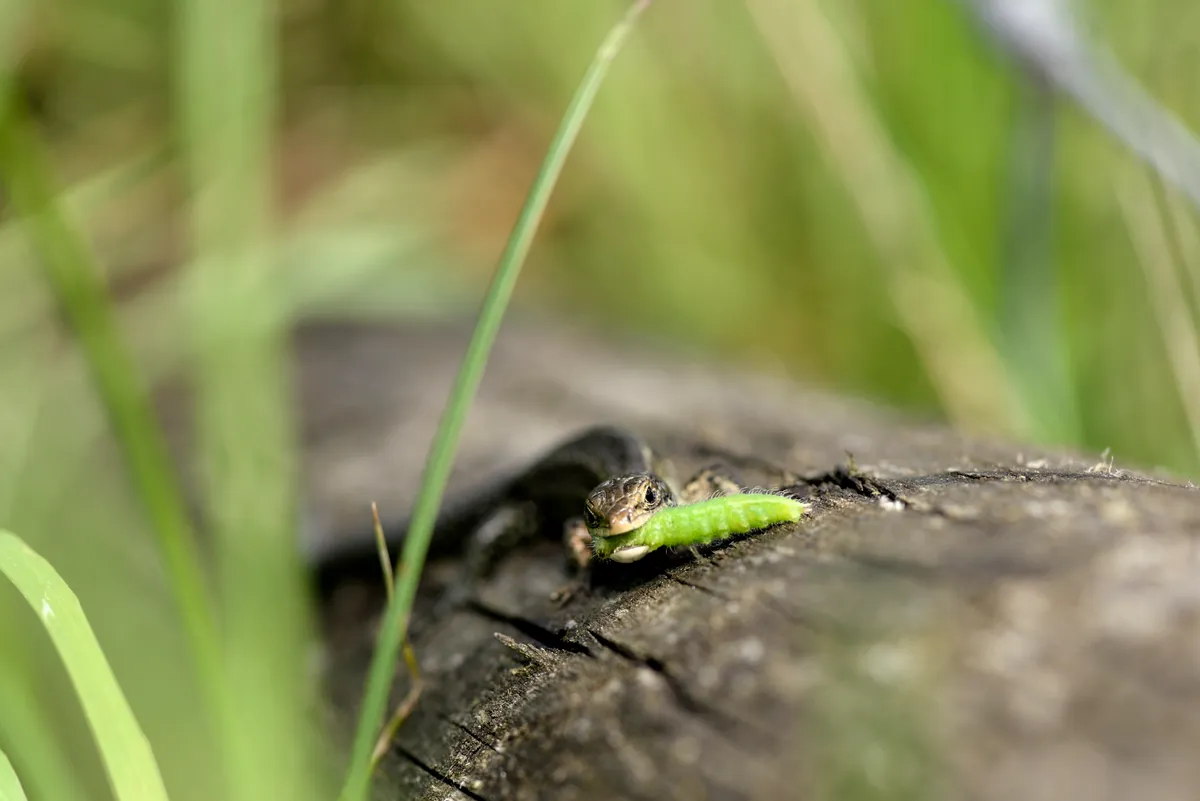
Where do reptiles live?
Britain's reptiles live in an array of habitats and, depending on the species, can be found anywhere from heathlands and coastal dunes to lakes and gardens.
The common lizard is widespread across the British Isles, and more commonly found in coastal areas where it favours scrubland or areas of well-drained soil.
The sand lizard has been restricted to the heaths of Dorset, Hampshire and Surrey and the coastal sand dunes to the north of Merseyside.
Slow worms may be found beneath pieces of corrugated iron and can be encouraged into gardens by providing refugia for them.
Find out more about snakes
How do you identify snakes, are they dangerous to humans and where they live in the UK? Find out with our expert guide to British snakes.
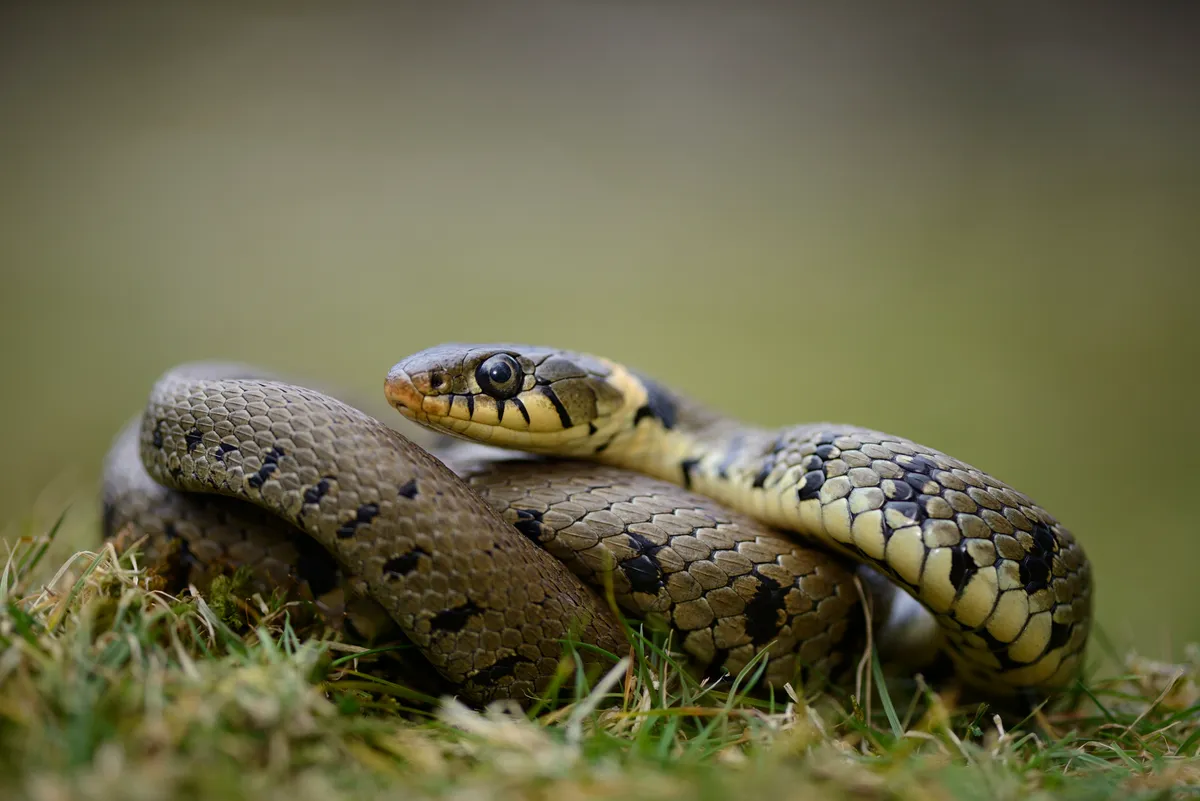
Grass snakes are known for their love of water and are excellent swimmers; away from water, grass snakes are sometimes found around compost heaps.
Small populations of adder occur in ever-dwindling habitat. With no genes to splice, the isolated colonies become inbred, and a species that is likely already extinct in many midland counties will be pushed back into the wilds of the north and west and coastal fringes in the east of the British Isles.
The smooth snake, meanwhile, is restricted to the heaths of Surrey, Dorset and the New Forest, with one or two reintroduction programmes hopefully extending that range.
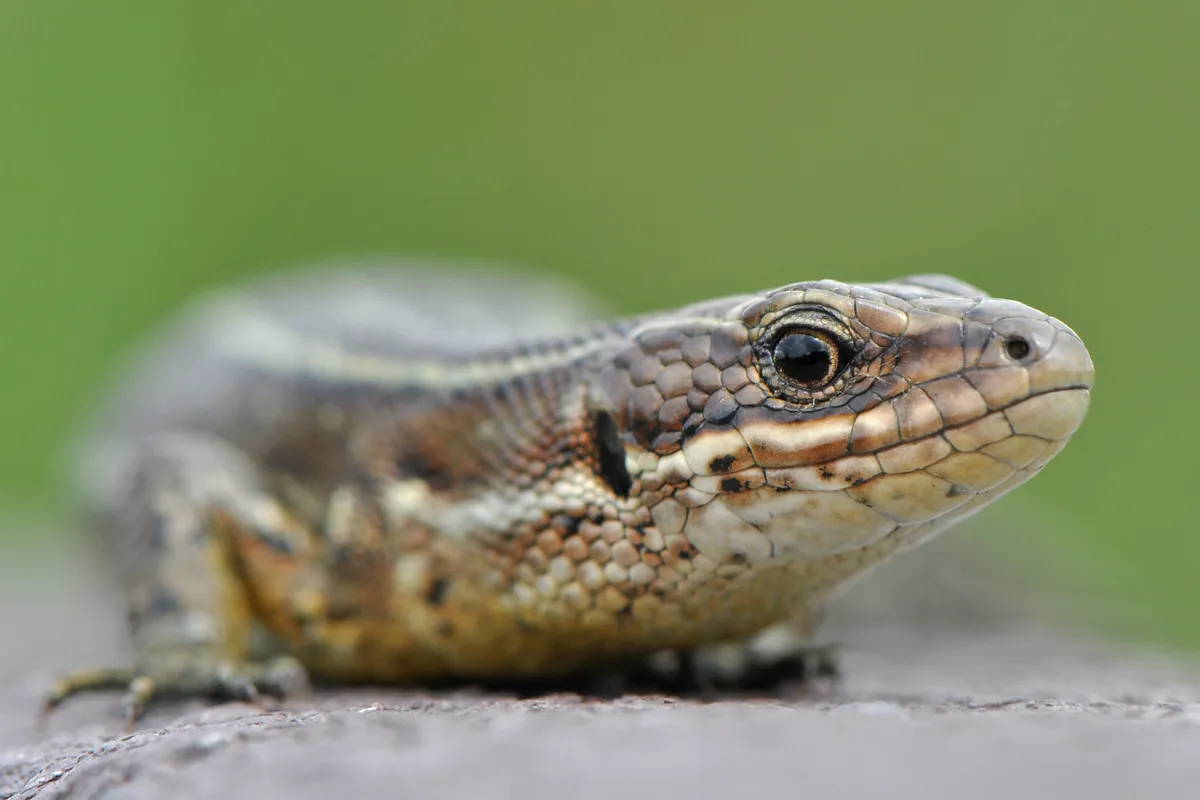
Britain's six native reptiles
Common lizard
Zootoca vivipara
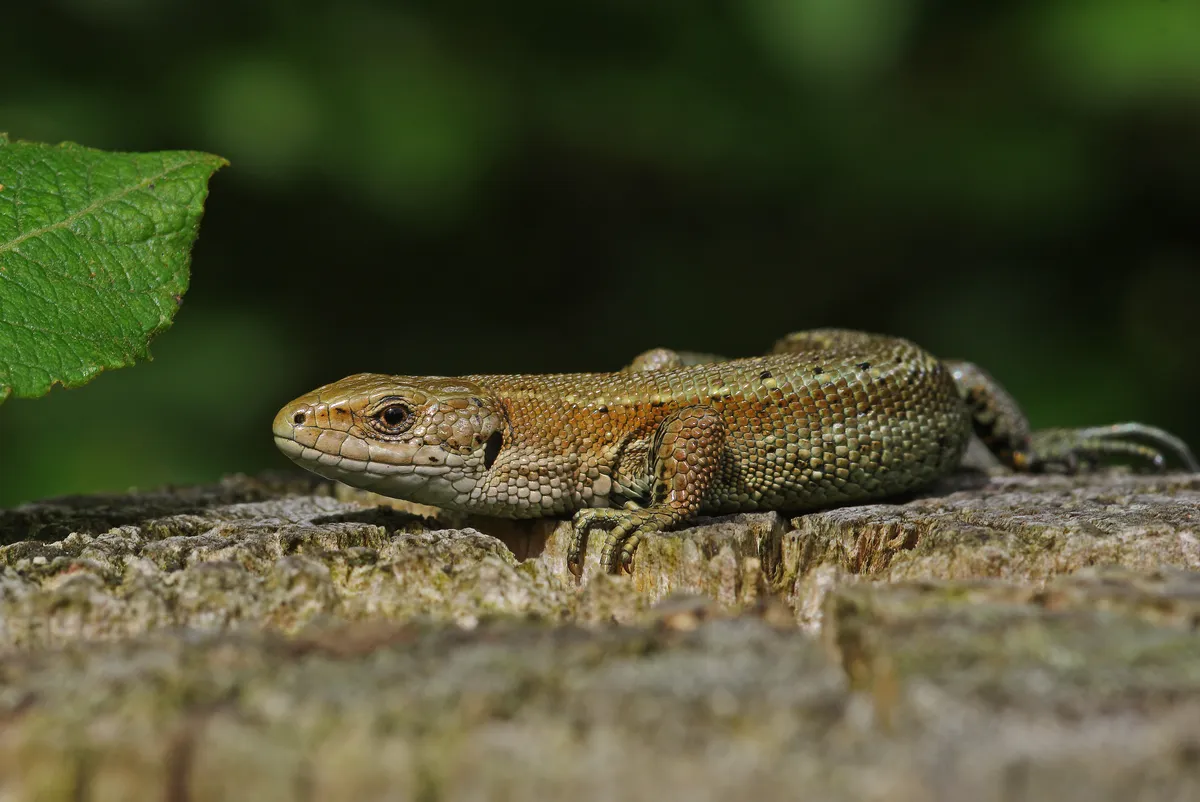
The common lizard is widespread across the British Isles, and is the only land reptile native to Ireland.
It is more common in coastal areas where it favours scrubland or areas of well-drained soil. Also known as the viviparous lizard, as it gives birth to live young rather than lay eggs, this is a small reptile, with an adult measuring around 15cm.
They are variable in colour, but commonly a mottle of browns with faint patterns of spots and stripes. They will feed on a variety of invertebrates, such as grasshoppers and spiders.
Sand lizard
Lacerta agilis
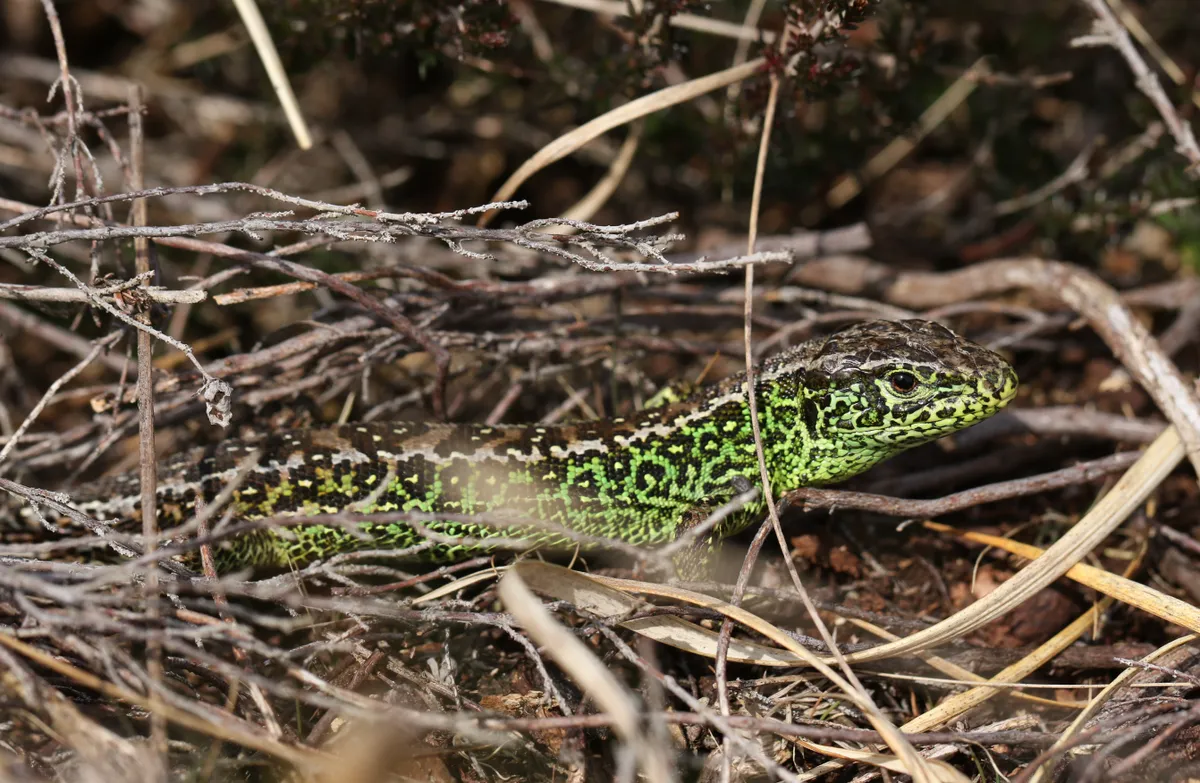
The rarest of our three native lizards, the natural range of the sand lizard has been restricted to the heaths of Dorset, Hampshire and Surrey and the coastal sand dunes to the north of Merseyside.
Slightly larger and stockier than the common lizard, an adult sand lizard might measure 20cm. Both sexes are strongly marked, with a mixture of stripes and spots in brown and grey.
They dig burrows into the sand in which to lay their eggs, the warmth of the sun-kissed substrate providing steady temperatures for incubation.
Slow worm
Anguis fragilis
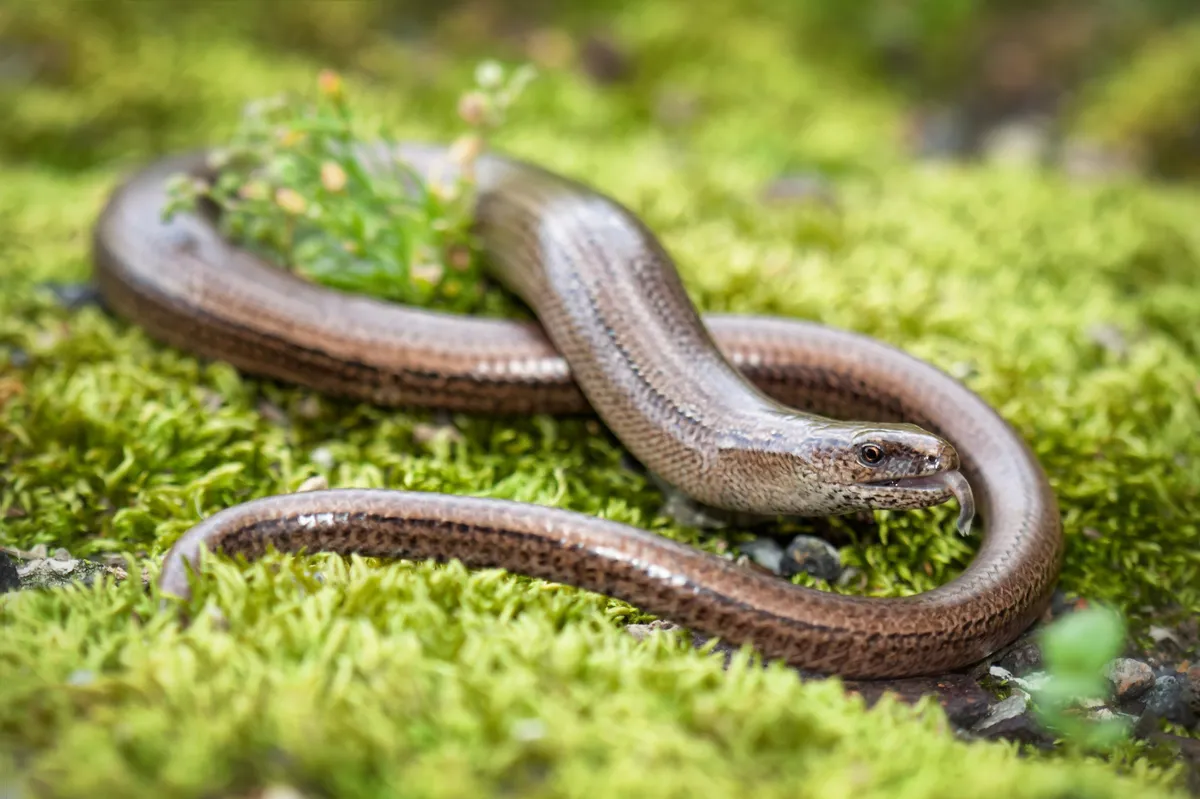
Despite its appearance, the slow worm is not a snake (or a worm) but a legless lizard. This is apparent by the fact that it has eyelids (unlike snakes that have an unblinking eye) and a flat tongue. The slow worm can also detach its tail like other lizards to avoid predation.
The oldest specimen recorded in captivity lived for at least 54 years, so an adult in the wild may be more than 25 years of age. Such a reptile would measure as much as 50cm long, with the grey-brown males fairly uniform in appearance but with blue spots that increase with age. The females have dark brown sides and sometimes a thin line along the back.
They are liked by gardeners due to their fondness for slugs.
Grass snake
Natrix helvetica
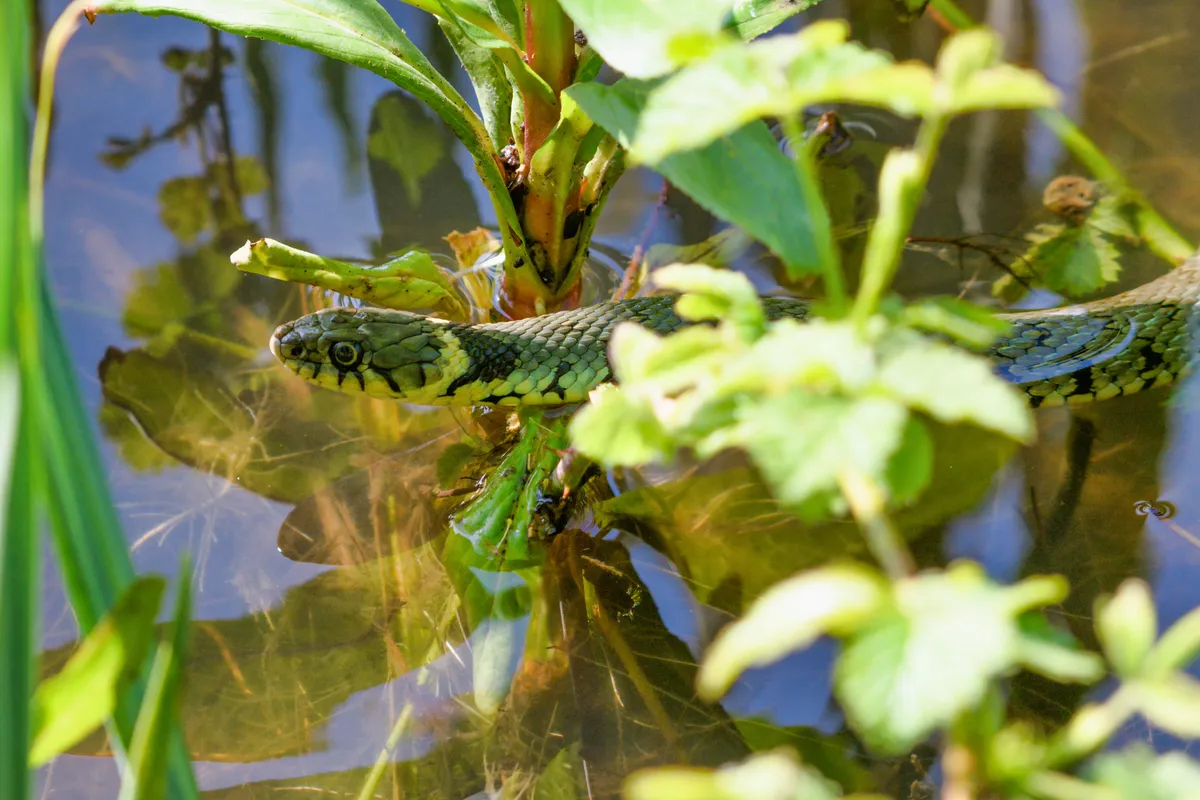
Our largest native reptile, the grass snake can grow to a length of 1.5 metres with larger specimens reported.
They are green in colour, which ranges from lime to deep olive, with a distinctive yellow collar (after which they are also named), faint black stripes and pale bellies that are marked with dark scales unique to the individual.
Grass snakes are known for their love of water and are excellent swimmers. They are not venomous but are ambush predators and their favoured diet is amphibians, although they will also eat small fish, rodents and birds.
Grass snakes are rarely found north of the Scottish border, although climate change could encourage a gradual spread north. Milder winters might impact their ability to hibernate, though. Stirring too soon only to be stung by a late winter blast. A peril facing all of our hibernating species. For now though, the grass snake remains the most likely serpent to encounter in England and Wales.
Adder
Vipera berus
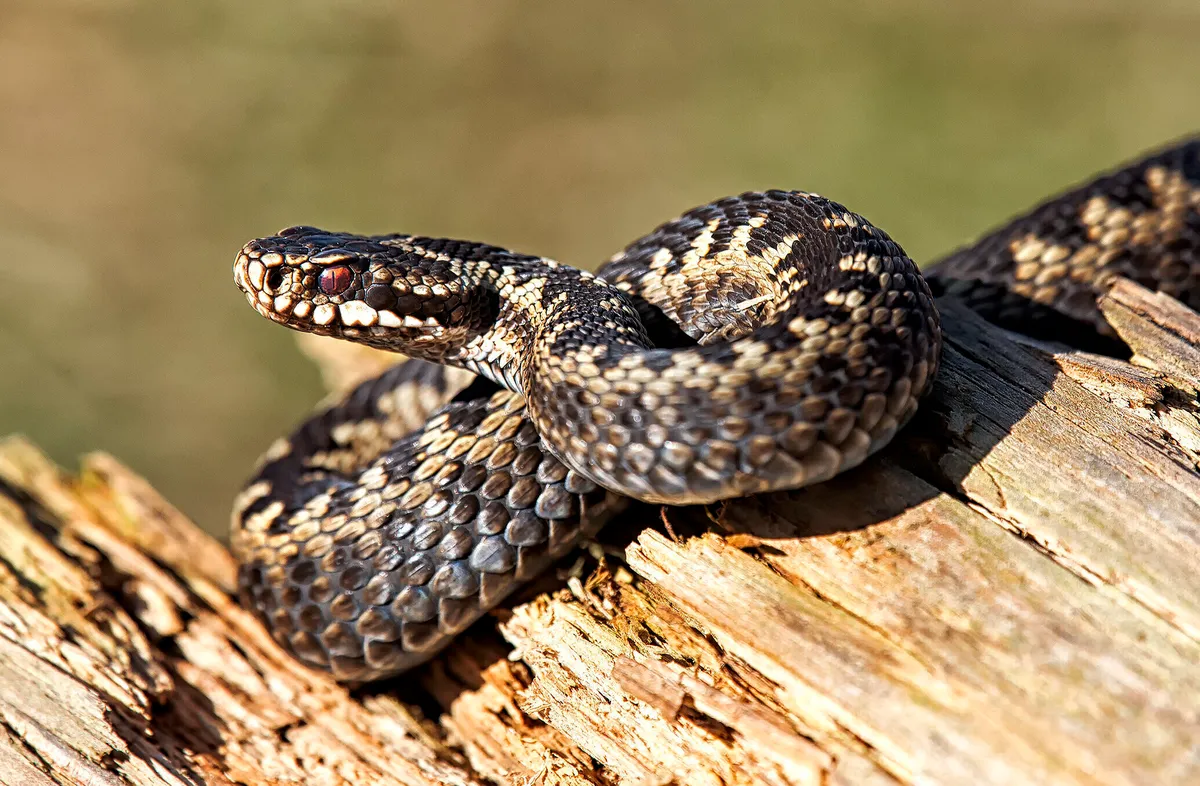
Adders are quite small snakes, the browner females rarely growing over 70 cm in length, with the more silver males somewhat smaller.
Both sexes have the distinctive, dark zig-zag pattern down the back, with eyes of flame and a pupil that is vertically split. They love scrub and woodland edges, also occurring on heath, moorland and coastal links.
Small populations occur in ever-dwindling habitat, pushed back into the wilds of the north and west and coastal fringes in the east of the British Isles. Our only venomous reptile, yet they are shy and only bite as a last resort.
Smooth snake
Coronella austriaca
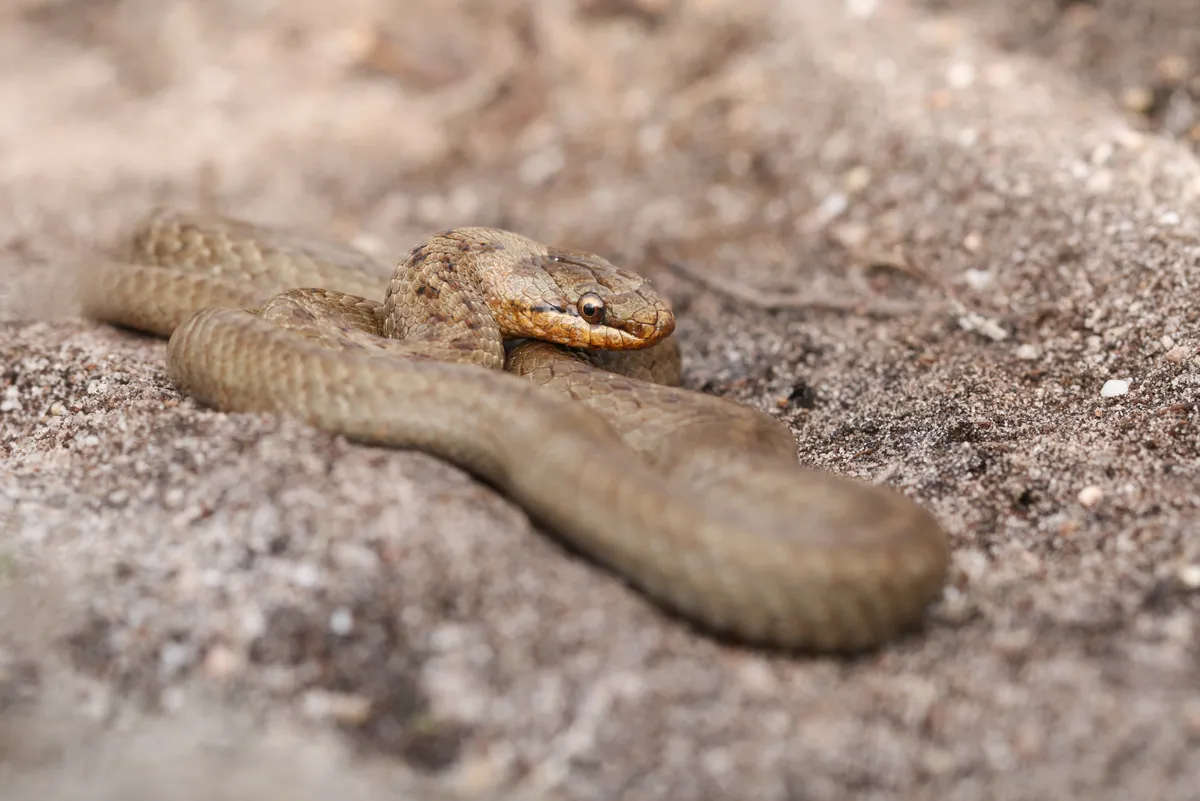
Our rarest reptile, the smooth snake is restricted to the heaths of Surrey, Dorset and the New Forest, with one or two reintroduction programmes hopefully extending that range.
They are small, slender snakes, rarely measuring more than 70 cm in length, and are brown or grey in colour with darker, broken bars along the back. The scales are smooth (hence the common name) unlike the keeled scales of our other snakes, and the eye is small with a round pupil. There is a distinctive, heart-shaped crown on the head.
They are afforded similar protection as the sand lizard, with both species occurring alongside one another. In fact, the sand lizard is often preyed upon by the smooth snake which seizes its prey and then constricts it in tight coils.
Three more reptiles to look out for in the UK
Aesculapian snake
Zamenis longissimus
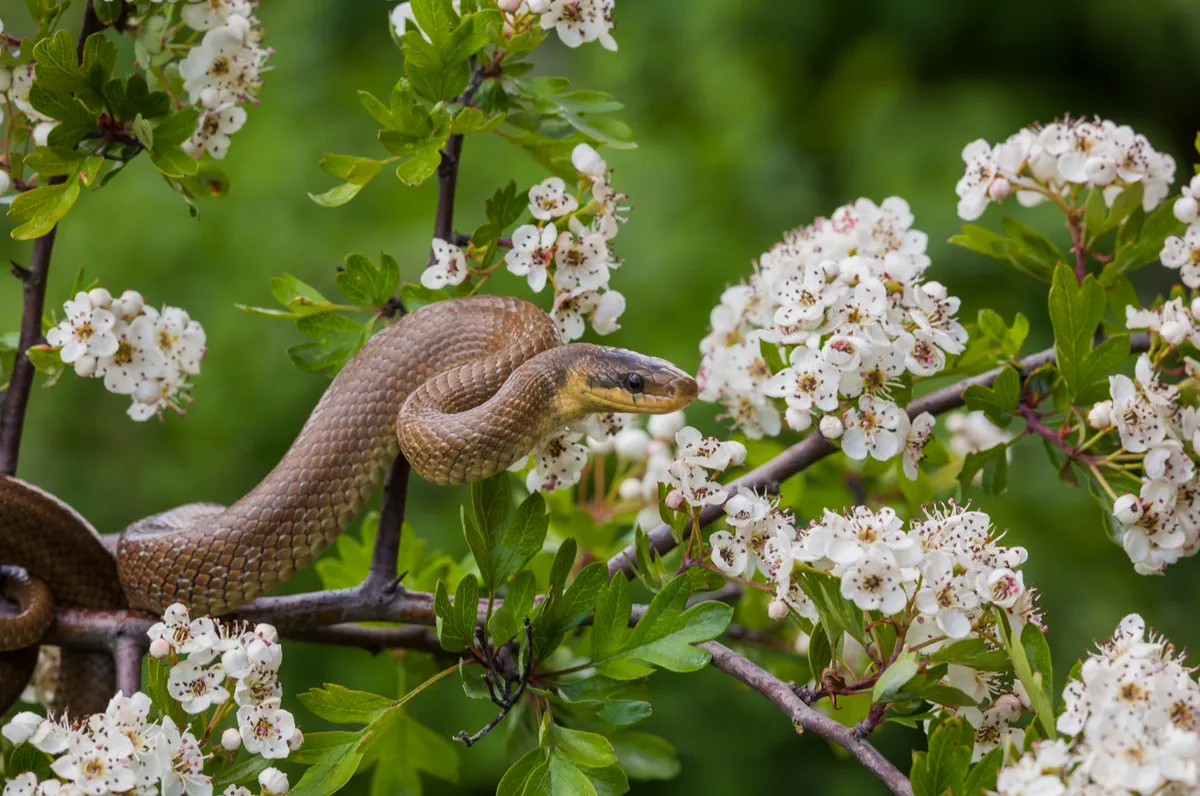
A long, slim snake measuring up to 2m, it takes its name from the classical god of healing, Asclepius or Aesculapius, who carried a rod with a snake entwined.
This symbol is now used by a variety of health organisations. There are three small colonies in Britain, all resulting from escapes from captivity.
Wall lizard
Podarcis muralis

Similar in appearance to the common lizard, but with a more pointed head and longer tail. The wall lizard is common across mainland Europe, and now established in several places across England, particularly along the south coast.
More tolerant of people than native species, they are steadily increasing in number.
Green Lizard
Lacerta bilineata

Growing to 35cm in length, these bulky lizards occur naturally in the Channel Islands, while several unofficial introductions have been made on the British mainland.
Most have died out due to the unsuitable climate, but a colony on the Dorset coast has a firmer foothold and might be expanding.

